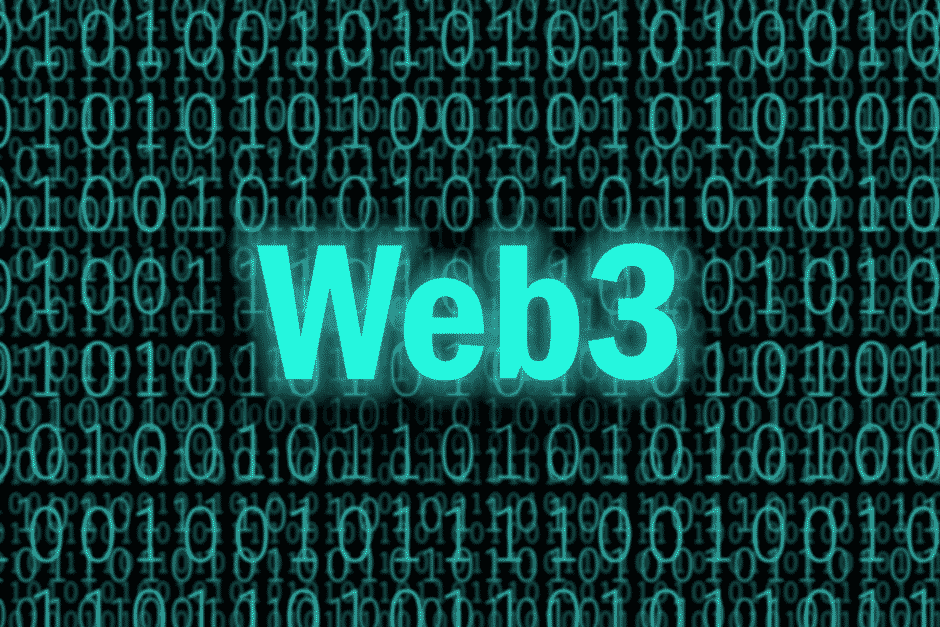Web3 is the latest buzzword in technology. It refers to the concept of adding blockchains to the internet. Blockchains are the technology behind cryptocurrencies like bitcoin, which have become extremely popular in recent years. By adding a decentralized ledger to the internet, Web3 developers aim to create a more democratic and decentralized way of conducting business. What is it? Let’s explore a few examples to better understand what it is and how it can benefit the future of the internet.
Web3 is a form of decentralized network that runs on public blockchains that facilitate cryptocurrency transactions. It is decentralized and runs on a distributed network. Each individual has their own piece of the internet, so there’s no need to ask permission or trust anyone to use it. In other words, you own your own piece of the internet. You can post, edit, and delete any information you want, and the Web3 network will do the rest.
While Web3 is the future of the internet, it is not yet a reality. Despite its potential, it has received a lot of criticism in recent months. The fact is, it is just a concept and is not a concrete standard or specification. However, it is powered by decentralized technologies, so it’s hard to predict how it will impact the online world. It’s a good place to start if you’re interested in making your Internet experience more efficient and secure.
The main benefits of Web3 are its decentralization and increased interactivity. It enables users to interact directly without any intermediaries. The dApps enables access to permissionless financial tools like peer-to-peer cryptocurrency trading, parametric insurance payouts, value-generating games, and more. It’s important to note that Web3 is still a relatively new technology, but it is already causing quite a stir in the tech industry.
Web3 is an emerging technology that aims to create a decentralized online ecosystem. Unlike its predecessors, Web3 doesn’t have a central gatekeeper. Instead, platforms and apps in the new ecosystem will be owned by users, allowing them to share ownership and data. They’ll be more secure, ensuring that user data remains private. You’ll also be able to access information and data on any device you want.
In 2014, Gavin Wood coined the term Web3 and stated that “decentralized technologies are the key to preserving liberal democracy.” With VC funding pouring in, there are several startups launching a Web3 platform. In the meantime, many people wonder, “what is the difference between Web3 and DeFi?”. But there is some commonality between the two concepts. A DeFi aims to provide decentralized services to users.
The concept of web3 is an online ecosystem built on the blockchain. As a result, there will be no central gatekeeper and no single entity will own Web3 apps and platforms. Instead, the development of web3 applications and platforms is based on a decentralized network. This allows projects to create their own utility tokens and make their own currency. This allows them to have their own cryptocurrency and be completely independent of any central authority.
Web3 is a decentralized network where users and developers can build, use, and own their own content. The technology will not be owned by a single entity, but instead will be owned by users. As a result, there will be a plethora of Web3 applications and platforms that can be built on the blockchain. But while these are exciting, the majority of consumers and developers are unsure of what they will do with them.
In simple terms, Web3 is a decentralized online ecosystem. There will be no central gatekeeper. All websites and applications on the Web3 network will be run by users. Unlike today’s internet, Web3 will have the same functionalities as today’s, but the underlying technology will be different. The technology that powers these services will be completely transparent and agnostic, which will prevent identity theft.
Web3 was originally designed to be a decentralized, egalitarian internet. It would allow users to co-provide with each other, and it was never implemented. Its egalitarian nature has led to the rise of decentralized autonomous organizations (DAOs), which are highly democratic, but lack of a central authority. Likewise, Web3 has become a buzzword in technology, and it isn’t a technical term.


